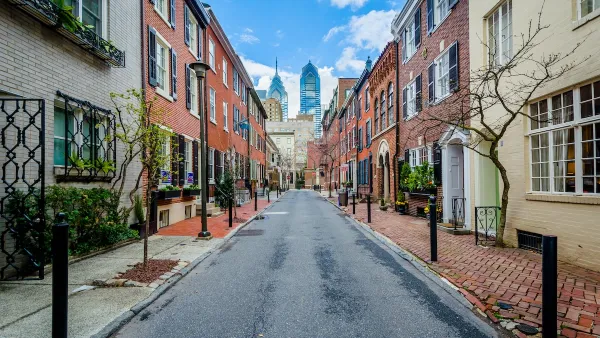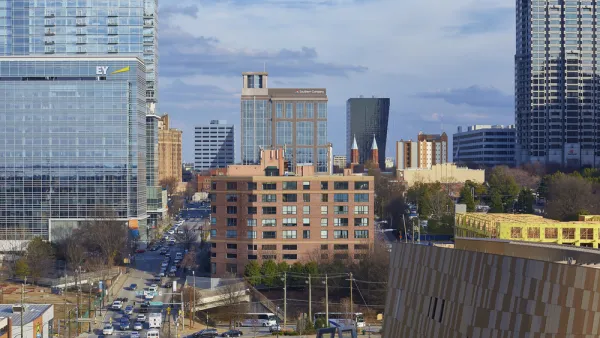Here are some observations that may shed light on the mystery of why—despite creating every incentive that planners can conceive—we are failing to produce affordable housing at the level we need.

It is often convenient to blame city planners for the affordable housing crisis. After all, those affected have no other public forum to vent their concerns, least of all toward those who are profiting off of the crisis on a project-by-project basis. Sadly, this blame is often misguided because planners do not produce housing.
A case study of the profit-maximizing, decision-making that is driving the affordability crisis is downtown San Diego. Construction cranes are up all over, and a $6.4 billion development juggernaut is rolling through. Nearly 10,000 new units have been permitted by the downtown planning board over the last four years, and the fast and generous permit approval process is cited as a model by developers for other regions. Underlying this process is a programmatic master plan that eliminates the need for project-level environmental review, lax standards on deviations from the zoning code, and a public hearing process that is limited to design review, often bypassing complex questions about density and community impacts. The process is overlaid with myriad incentives in the form of density bonuses for affordable housing and green building.
This kind of permit streamlining that supply-siders clamor for in state and local legislation for land-use planning and zoning reform is a developers’ dream come true. Yet, this same socially blind approach to planning has led to more affordable housing units being demolished than being built, and a 60 percent spike in unsheltered homeless downtown in the last two years.
FULL STORY: Making It Easier to Build Won’t Generate Affordable Units

Analysis: Cybertruck Fatality Rate Far Exceeds That of Ford Pinto
The Tesla Cybertruck was recalled seven times last year.

National Parks Layoffs Will Cause Communities to Lose Billions
Thousands of essential park workers were laid off this week, just before the busy spring break season.

Retro-silient?: America’s First “Eco-burb,” The Woodlands Turns 50
A master-planned community north of Houston offers lessons on green infrastructure and resilient design, but falls short of its founder’s lofty affordability and walkability goals.

Test News Post 1
This is a summary

Analysis: Cybertruck Fatality Rate Far Exceeds That of Ford Pinto
The Tesla Cybertruck was recalled seven times last year.

Test News Headline 46
Test for the image on the front page.
Urban Design for Planners 1: Software Tools
This six-course series explores essential urban design concepts using open source software and equips planners with the tools they need to participate fully in the urban design process.
Planning for Universal Design
Learn the tools for implementing Universal Design in planning regulations.
EMC Planning Group, Inc.
Planetizen
Planetizen
Mpact (formerly Rail~Volution)
Great Falls Development Authority, Inc.
HUDs Office of Policy Development and Research
NYU Wagner Graduate School of Public Service




























